Silk Weaving
Sha’r is a type of delicate traditional tissue in the ancient textile industry which is locally called Joulaee. Sha’r means fine and delicate hair. Sha’rbaf is a person who weaves strands of hair or silk. Weaving these types of silk cloths has been prevailed in Kashan and the woolen and cotton type in Isfahan and Yazd. One can’t determine a certain date for the emergence of this artifact; however, with regard to the peculiarities and simplicity of its weaving we can assume the beginning of Sha’rbafi the same as that of silk weaving. In fact, Sha’rbafi like other types of weaving has a long history. It is originally the same as cloth weaving except that the Iranian weaver with his special artistic taste has made a few changes in the wooden loom and fibers proportional to the needs of that time, producing a very fine and delicate cloth named Sha’r. The point of difference of these traditional tissues is their simple weaving method which has no special and complicated design.
The striped sha’r is woven for men in black and white with a width of 2 m and a length of 1.5 m, and the simple sha’r is woven for ladies in mauve, dark red, black, yellow, dark purple, green and pink with a width and length of 2 m. Although this type of tissue has been used a lot in the past, but today it is used only among Kurdish people as head-band and shawl in their traditional clothes. In some cases, these products are exported to Kurdish regions of Iraq and southern Turkey. Of the special peculiarities of this hand-woven silk tissue is its resistance against humidity, because silk is very resistant against moisture and absorbs humidity to itself.

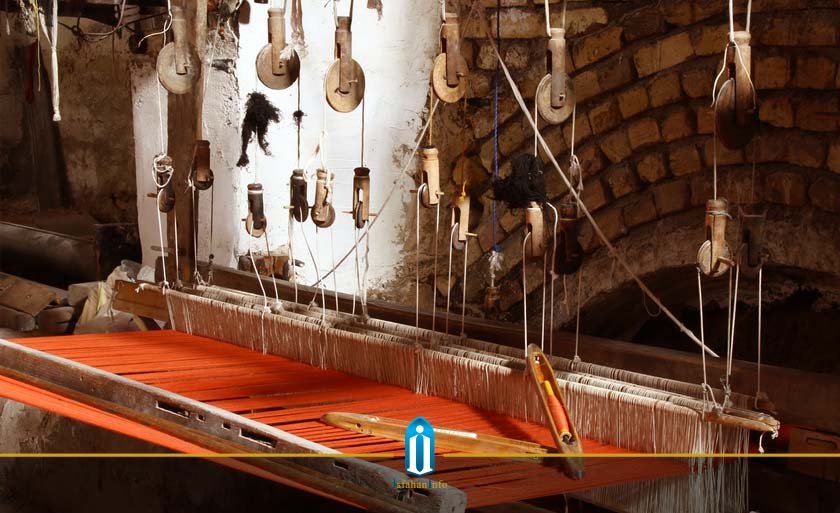
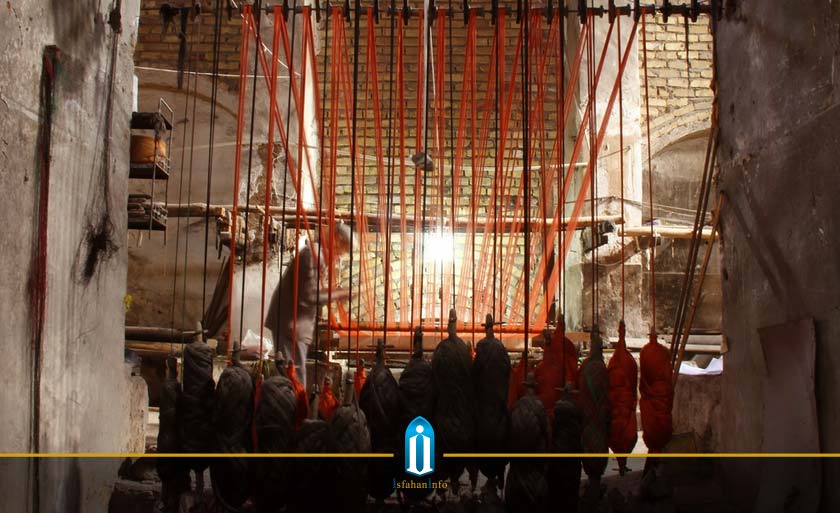
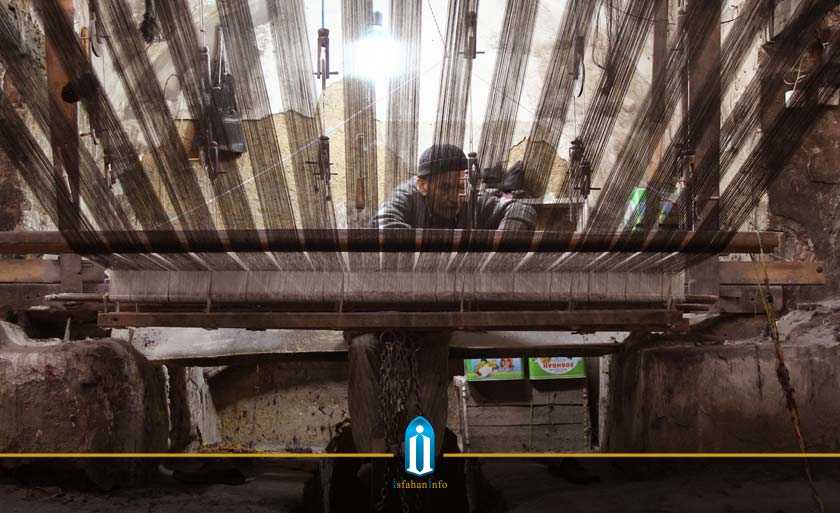
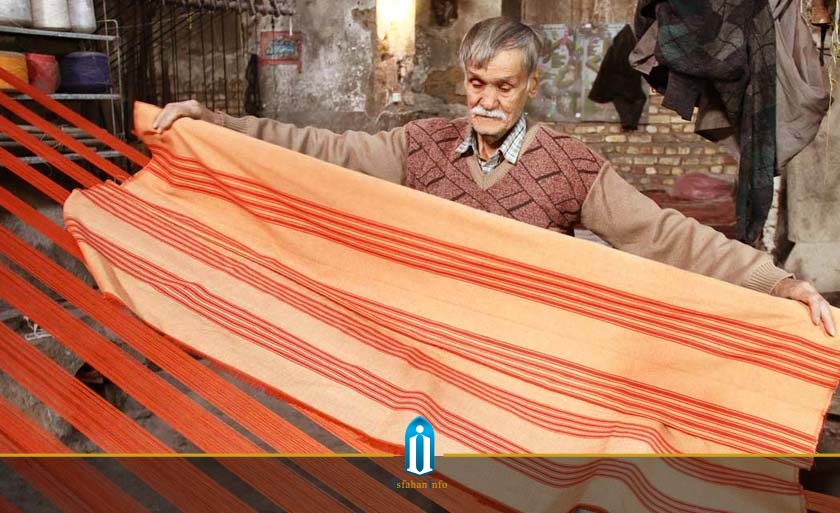
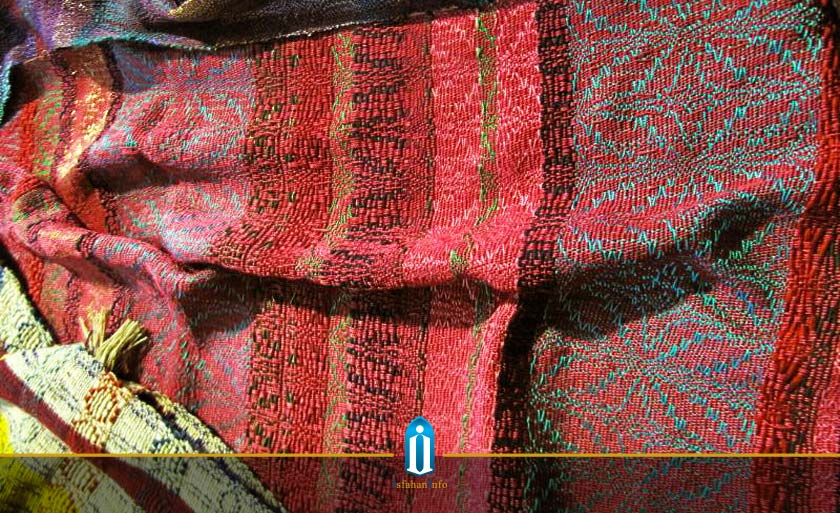
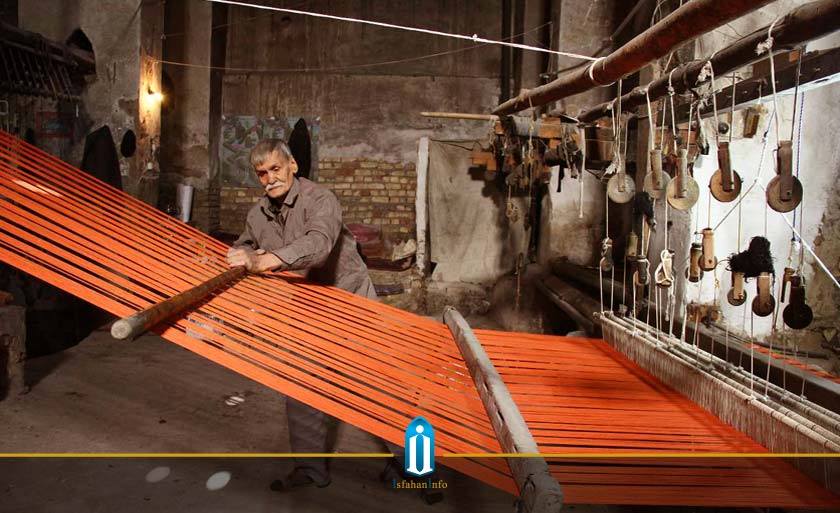
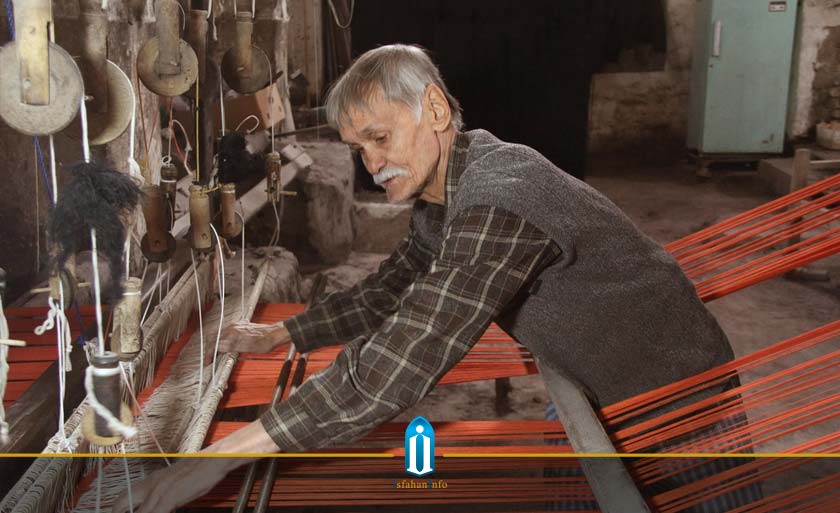
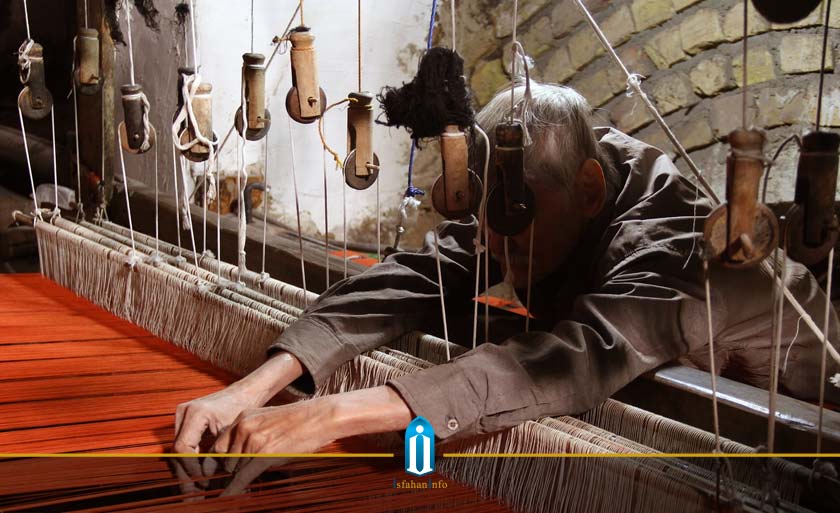
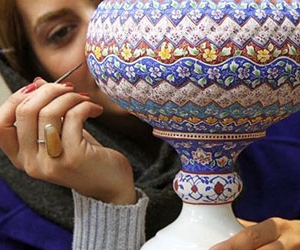

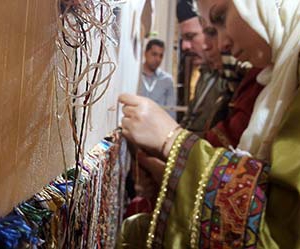



Leave a Reply
Want to join the discussion?Feel free to contribute!